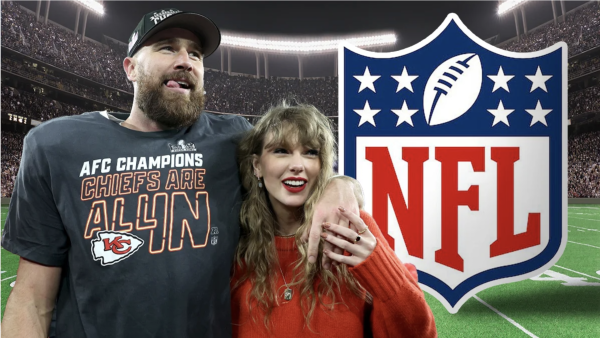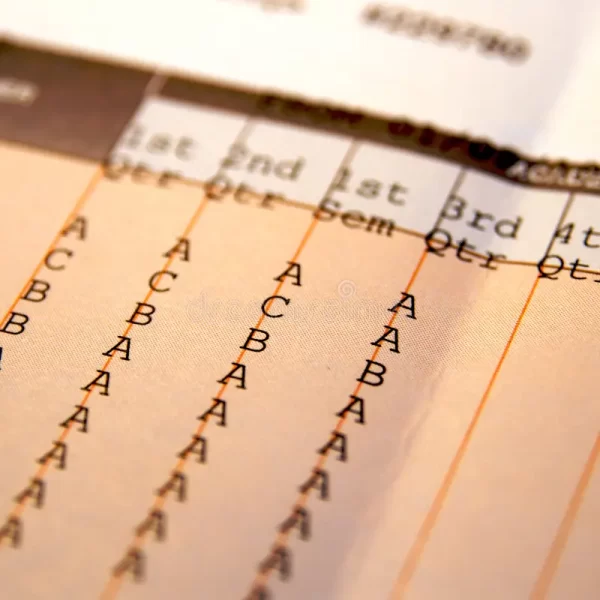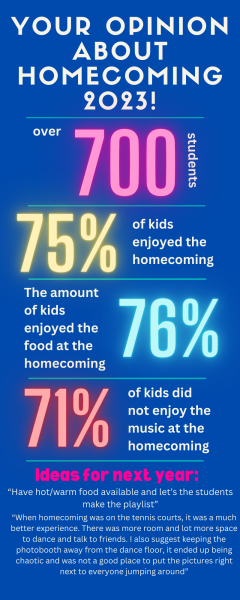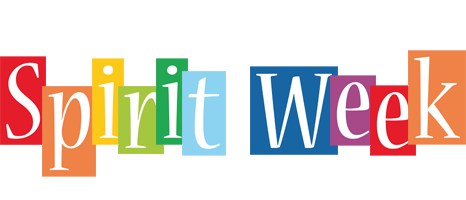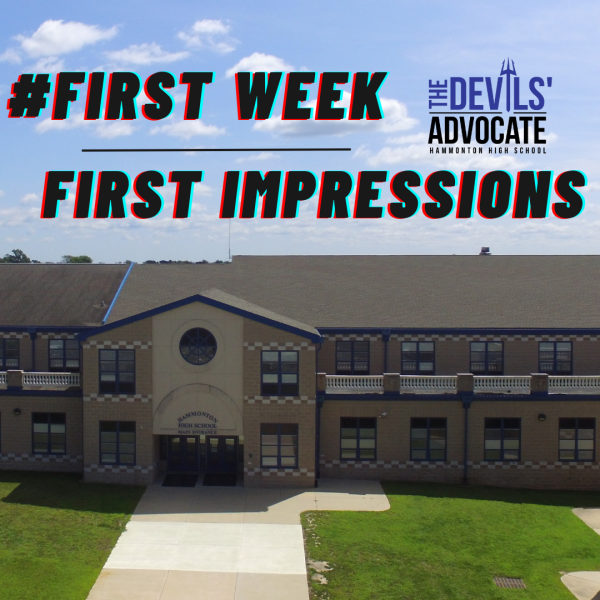Gender Bias Dress Code
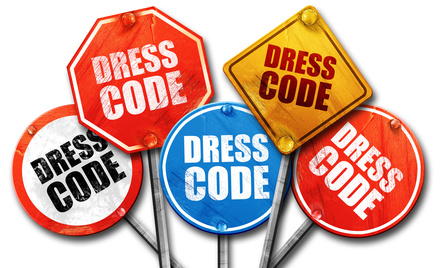
Argus - Fotolia
dress code, 3D rendering, street signs, 3D rendering, street signs
Dress Code: a hassle to students, but is it a hassle to mainly one group of students?
The current dress code, as it appears in the school handbook, identifies eleven general categories of clothing guidelines. Out of those 11 categories, three appear to be gender specific to girls:
- Skirts/Skorts
- Dresses/Jumpers
- Spaghetti Straps
This begs the question: is dress code aimed more towards girls?
While categories specific to boy narrow down to only boxer shorts.
The issue is not unique to Hammonton; in fact, high schools around the country have made headlines for similar reasons.
For example, on October 26th, a senior in California tested Hueneme High school’s dress code reinforcement by wearing a crop top to school for the day. Instead of receiving school repercussions, he was given a warning.
An answer to the dress code debate, students could organize and approach the Board of Ed, similarly to group females in Illinois.
Women attending the Evanston Township high school protested by creating the viral hashtag “#iamnotadistraction”, making it crucial to adjust dress code.
At HHS, in a 24 hour Twitter survey of 44 girls, over 50% said they’ve been dress coded, at least once this year alone.
Senior Alyssa Van Sciver, a student discipined for wearing a shirt exposing her midriff and ripped jeans, says she will continue to be affected by dress code in the future
School records don’t show how many dress code offenses are reported, this is because it only becomes reported if the students denies the allegation and disciplinary action is needed.
As the dress code will continue to affect girls, simple changes could be made to reduce dress code complaints. Arguably, shoulders and midriff are two gender-bias adjustments that could improve how many girls are affected by the dress code.




